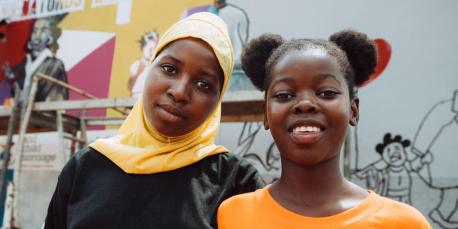
UNICEF Report: Child Marriage: Latest Trends and Future Prospects
Millions of girls' safety, well-being and futures are in jeopardy due to slowing progress toward the 2030 target of ending child marriage.
Summary
Since adopting the Sustainable Development Goals in 2015, a global partnership of developed and developing nations have been working with UNICEF and partners to end child marriage by 2030.
The global drop in the number of child marriages over the last decade shows progress is possible. Ten years ago, one in four young women aged 20 to 24 was married as a child. Today that number has fallen to one in five, thanks to progress in such countries as India, Bangladesh and Ethiopia.
Yet in West and Central Africa, where the practice is most common, nearly as many girls are getting married today as 25 years ago. The fallout from COVID-19 and such chronic crises and conditions as severe food insecurity in the Sahel and poverty in Latin America have stalled progress for girls, subjecting those who become child brides to dire immediate and lifelong consequences.
Child Marriage: Latest Trends and Future Prospects offers a stark warning. With 12 million girls married each year, it will take 300 years at the current rate of progress to bring that number down to zero. Citing new data from UNICEF, the report assesses gains achieved and analyzes the threats to current and future progress toward a world where all girls can grow up healthy and safe with everything they need to survive and thrive.
Learn more about what UNICEF and partners are doing to end child marriage, and critical next steps.